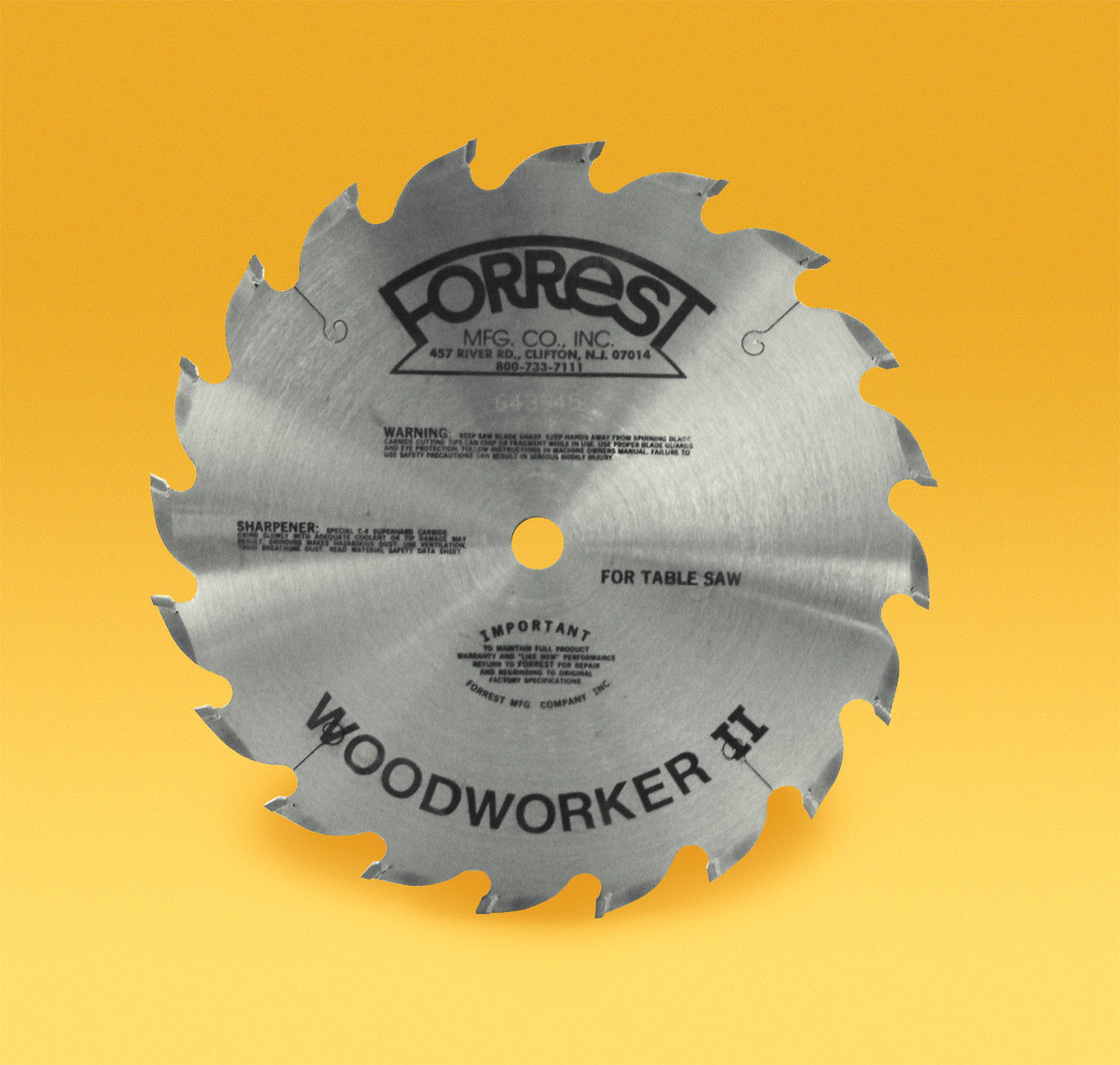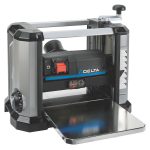We may receive a commission when you use our affiliate links. However, this does not impact our recommendations.

If you’re just starting to put together an arsenal of blades for sawing hardwoods, allow me to make a suggestion: Get a rip blade.
Sure, a general-purpose blade does a reasonably good job of ripping boards, but just wait until you work with stock that’s 2″ thick or wood that is really dense, like maple or white oak. If you replace the general-purpose blade with a rip blade, such as the new 20-tooth Forrest Woodworker II, you’ll be amazed at the difference.
Using a rip blade is almost like adding extra horsepower to your saw. With fewer teeth engaged in the wood at any one time, a rip blade puts a lighter load on your motor, so it won’t bog down. Having larger gullets, a rip blade is more efficient at removing chips. Both factors reduce friction, resulting in few—if any—burn marks and a very straight cut.
The Forrest Woodworker II rip blade is available in full-kerf (.125″) and thin-kerf (.100″) models. If you have a contractor’s saw, I’d recommend the thin-kerf.
SOURCE
Forrest Manufacturing Company, Inc., forrestblades.com, 973-473-5236, 10″ 20 Tooth Woodworker II Saw Blade, Full Kerf, #WW10206125, $77; Thin Kerf, # WW10206100, $77.
Here are some supplies and tools we find essential in our everyday work around the shop. We may receive a commission from sales referred by our links; however, we have carefully selected these products for their usefulness and quality.









